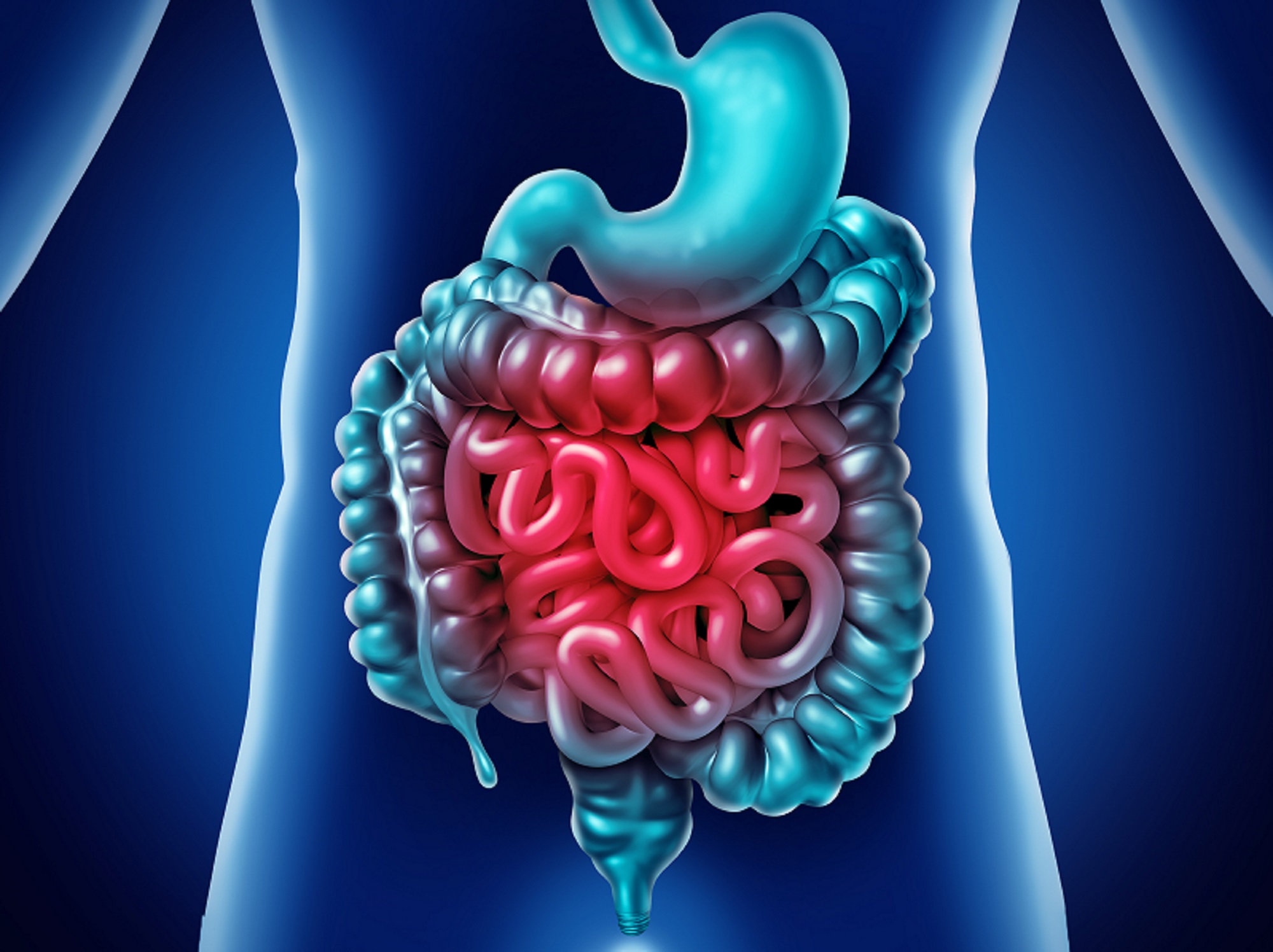Overview Of Intra-abdominal infections
Intra-abdominal infections (IAIs) refer to infections that affect the abdominal cavity, including the gastrointestinal organs, liver, and peritoneum. These infections can arise from bacterial, viral, or fungal pathogens. They typically result from conditions like appendicitis, diverticulitis, or perforated ulcers, leading to peritonitis or abscess formation. IAIs can be classified as uncomplicated or complicated, with the latter involving organ failure or sepsis. Common symptoms include abdominal pain, fever, nausea, and vomiting, and they can be life-threatening if not promptly treated.
Symptoms of Intra-abdominal infections
- Symptoms of IAIs can vary based on severity but often include: - Abdominal pain: Particularly localized pain that may become diffuse with peritonitis. - Fever and chills: Common signs of infection. - Nausea and vomiting: As the infection worsens. - Diarrhea or constipation: Gastrointestinal involvement may lead to bowel irregularities. - Swelling and tenderness: Abdominal bloating and discomfort.
Causes of Intra-abdominal infections
- Intra-abdominal infections are often caused by bacteria, though fungi or viruses may also be involved. Some common causes include: - Appendicitis: Inflammation of the appendix that can lead to infection. - Diverticulitis: Infection caused by the formation of pouches in the colon. - Peptic ulcer disease: Ulcer perforation leading to peritonitis. - Post-surgical infection: Can occur after abdominal surgeries like colectomies or gallbladder removal. - Trauma: Injury to abdominal organs can introduce bacteria into the abdominal cavity.
Risk Factors of Intra-abdominal infections
- Risk factors for developing IAIs include: - Appendicitis or diverticulitis: Conditions known for causing infections in the abdominal area. - Recent surgery or trauma: Procedures like abdominal surgeries or injury can introduce bacteria. - Chronic gastrointestinal diseases: Conditions like Crohn's disease or ulcerative colitis. - Immunocompromised states: Weakened immune systems increase vulnerability to infections. - Poor hygiene and infections in the lower gastrointestinal tract: Increase risk of infection spread.
Prevention of Intra-abdominal infections
- Preventive measures include: - Timely treatment of underlying conditions: Managing diseases like diverticulitis or Crohn’s disease can reduce the risk of infection. - Proper hygiene: Preventing gastrointestinal infections through good hygiene practices. - Vaccination: Immunization for certain pathogens that may lead to abdominal infections. - Prompt medical intervention: For symptoms of appendicitis or other abdominal diseases.
Prognosis of Intra-abdominal infections
- The prognosis of IAIs depends on the type of infection, promptness of treatment, and overall health of the patient. Uncomplicated IAIs often have a good prognosis with appropriate treatment, but complicated cases with sepsis or organ failure can be life-threatening. Early diagnosis and aggressive treatment are key to improving outcomes.
Complications of Intra-abdominal infections
- Potential complications of IAIs include: - Sepsis: A life-threatening response to infection that can lead to organ failure. - Abscess formation: Pockets of pus that may need surgical drainage. - Bowel obstruction: Inflammation or infection can cause blockage of the intestines. - Peritonitis: Inflammation of the peritoneum that can lead to widespread infection.
Related Diseases of Intra-abdominal infections
- Intra-abdominal infections are closely related to conditions such as: - Peritonitis: Infection of the peritoneal cavity. - Cholecystitis: Gallbladder inflammation that can lead to infections. - Pancreatitis: Inflammation of the pancreas that may lead to infection.
Treatment of Intra-abdominal infections
Treatment for IAIs typically involves: - **Antibiotics**: Broad-spectrum antibiotics to target the bacterial pathogens. - **Drainage**: In cases of abscess formation, drainage is necessary. - **Surgical intervention**: For conditions like appendicitis or bowel perforation, surgery may be required to remove the infected tissue. - **Supportive care**: Includes fluids, pain management, and monitoring for signs of sepsis.
Generics For Intra-abdominal infections
Our administration and support staff all have exceptional people skills and trained to assist you with all medical enquiries.

Amikacin
Amikacin

Aztreonam
Aztreonam

Cefoxitin
Cefoxitin

Ciprofloxacin
Ciprofloxacin

Doripenem
Doripenem

Ertapenem
Ertapenem

Meropenem
Meropenem

Moxifloxacin
Moxifloxacin

Moxifloxacin IV
Moxifloxacin IV

Tigecycline
Tigecycline

Amikacin
Amikacin

Aztreonam
Aztreonam

Cefoxitin
Cefoxitin

Ciprofloxacin
Ciprofloxacin

Doripenem
Doripenem

Ertapenem
Ertapenem

Meropenem
Meropenem

Moxifloxacin
Moxifloxacin

Moxifloxacin IV
Moxifloxacin IV

Tigecycline
Tigecycline


